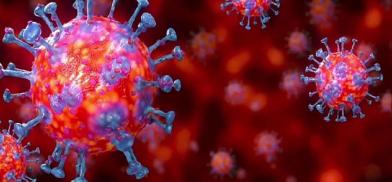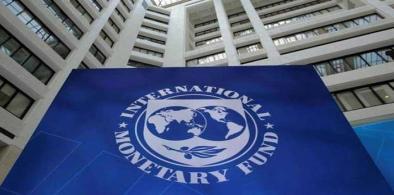What is aiding India's low mortality rate: It's in our genes, say genetic experts
A study conducted by top genetic experts has revealed that Indians should be thankful to their genes for tiding over the Covid pandemic with a relatively lesser mortality rate as compared to the US and European nations

A study conducted by top genetic experts has revealed that Indians should be thankful to their genes for tiding over the Covid pandemic with a relatively lesser mortality rate as compared to the US and European nations.
A team comprising distinguished genetic experts from six institutions, led by Prof Gyaneshwer Chaubey of the Banaras Hindu University, analysed complete DNA data of the Angiotensin-converting enzyme 2 (ACE2) gene of X chromosome from various continental populations and found that it is the Indian genes that have protected the population and helped battle the deadly virus.
This explains why the mortality rate of COVID-19 has been much higher in European countries and in the US, as compared to India and Southeast Asian countries.
The results of the team's analysis have been published in the internationally renowned journal PLOS ONE, released on Thursday.
The scientists have provided a possible molecular genetic explanation for why Iranians, Europeans and Americans of European ancestry are at more mortality risk to the novel Coronavirus than people in India and East Asia, as reflected in the current global distribution of reported COVID-19 cases per 1,00,000 inhabitants.
The international team analysed complete DNA data of the ACE2 gene from various continental populations and found that certain mutations in this gene are helping South Asian and East Asian populations in successfully battling the virus and reducing mortality rate in comparison to the US and Europe.
"The ACE2 gene is the gateway point of the Coronavirus and certain genetic mutations of this gene are related to the disease severity," said Chaubey.
There have been a few initial studies on the ACE2 gene by other research groups, but all of them looked for the presence or absence of various mutations, whereas, this team used more powerful haplotype-based analysis (the method in which experts break the whole length of DNA into several pieces and make comparisons).
"The genetic ancestry of most South Asians can be traced to West Eurasian populations rather than with East Eurasians, whereas for this gene, the result is other way round," said Prof. George van Driem of University of Bern, Switzerland, one of the experts on the team in the paper.
In this type of analysis, several DNA fragments are compared rather than few mutations as populations that share more DNA chunks are considered to be closer, said Chaubey.
"The match of DNA fragments of South Asians with East Asians suggests that the entry gate of Corona virus among South Asians will be more similar to that of East Asians rather than that of Europeans or Americans. This also explains the low mortality rate in South Asia," he explained.
The second important finding is about two major mutations which are responsible for strengthening the entry point of the Coronavirus among South Asians. "Thus, this paper adds important potential implications to understanding the transmission patterns of Coronavirus in various populations across the world," said Anshika Srivastava, one of the authors of the paper.
Rudra Pandey and Prajwal Singh from BHU, Avinash Rasalkar, Pankaj Srivastava from Sagar Central University, Rakesh Tamang from Calcutta University and Pramod Kumar from National Centre for Disease Control (NCDC) were also involved in this research.
(IANS)



















Post a Comment